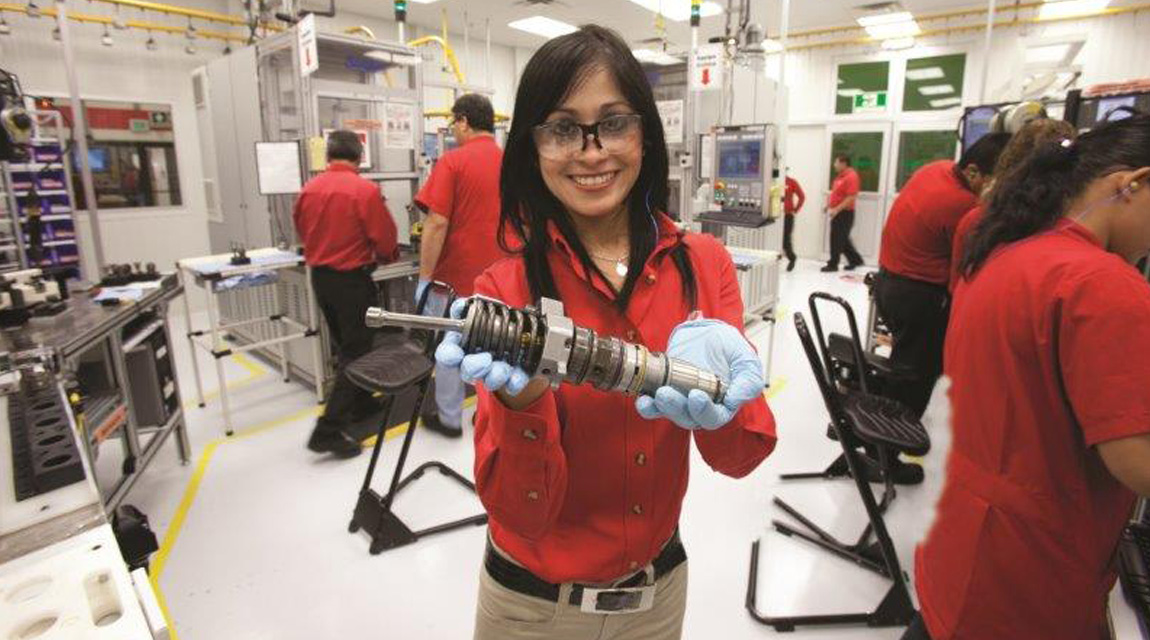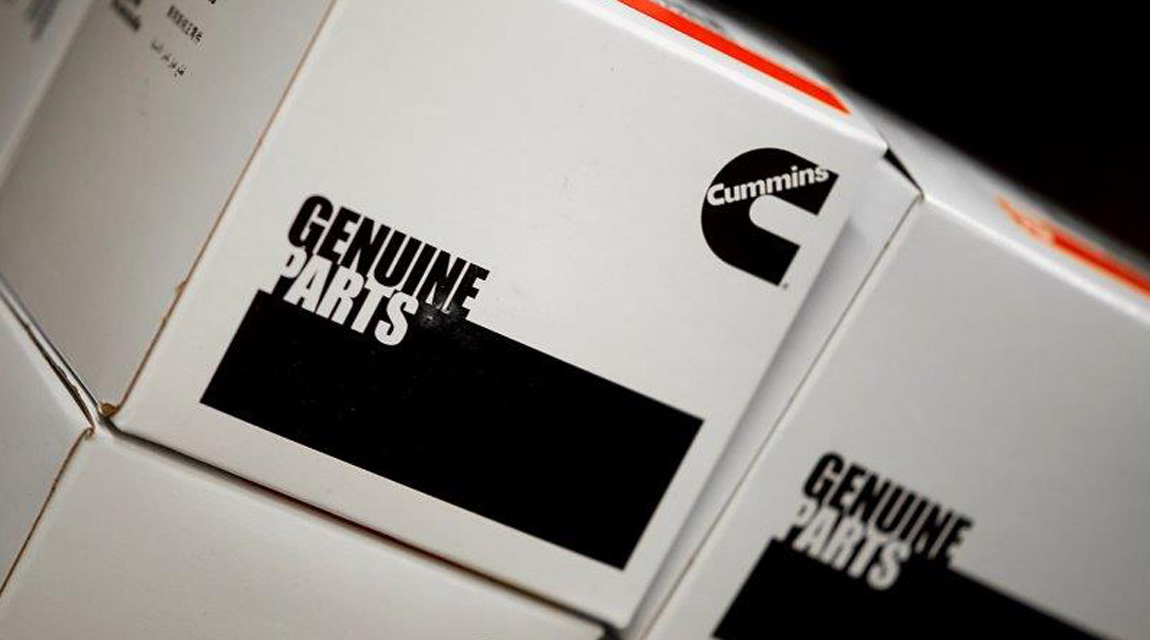A drive to fit genuine parts

With operators seemingly stuck in a cycle of cost management and sweating of assets, Cummins has embarked on a concerted campaign to educate its customers about the disadvantages, and even dangers, of using non-genuine parts.
“While many customers believe that doing so incurs an upfront cost-saving, our aim is to expose the detrimental long-term impact on engine lifespan in particular,” comments Marco Gouveia, parts marketing lead: southern Africa.
“The immediate risk is never apparent upfront, as the engine will continue running. However, it will start to pick up problems further down the line. The value of the small saving realised in buying non-genuine parts has to be weighed up against the significant cost of having to replace such an engine eventually,” he adds.
According to Cummins, customers either buy non-genuine parts based on price, or they are sometimes unaware that they are doing so. Gouveia stresses that this is not a uniquely African problem, but is prevalent in all markets, from the Middle East to South America and even China. “It is important for our customers to ensure they only use authorised outlets, which can be verified on our website.”

To assist customers in differentiating genuine from non-genuine parts, Cummins is piloting holographic elements on its packaging in some regions. Another element of Cummins’s awareness campaign is to educate the distributors to be on the lookout for non-genuine parts, and to address such issues with their customers.
According to Gouveia, unforeseen consequences of using non-genuine parts include a negative impact on fuel economy, which is a fleet owner’s biggest overhead; poor lubrication, which could result in a catastrophic engine failure down the line; and the lack of technical support and Cummins’s extended warranty.
“The rapid pace of technological change also means that parts have to keep pace. We ensure that we incorporate the latest changes into all of our components, which is not possible with non-genuine parts,” Gouveia adds.
“At the end of the day, there is much more to take into consideration than the actual cost of components,” Gouveia concludes. “The cost of any failure can quickly overshadow any price differential, which is the main message we wish to convey to our customers.”
Published by
Focus on Transport
focusmagsa




